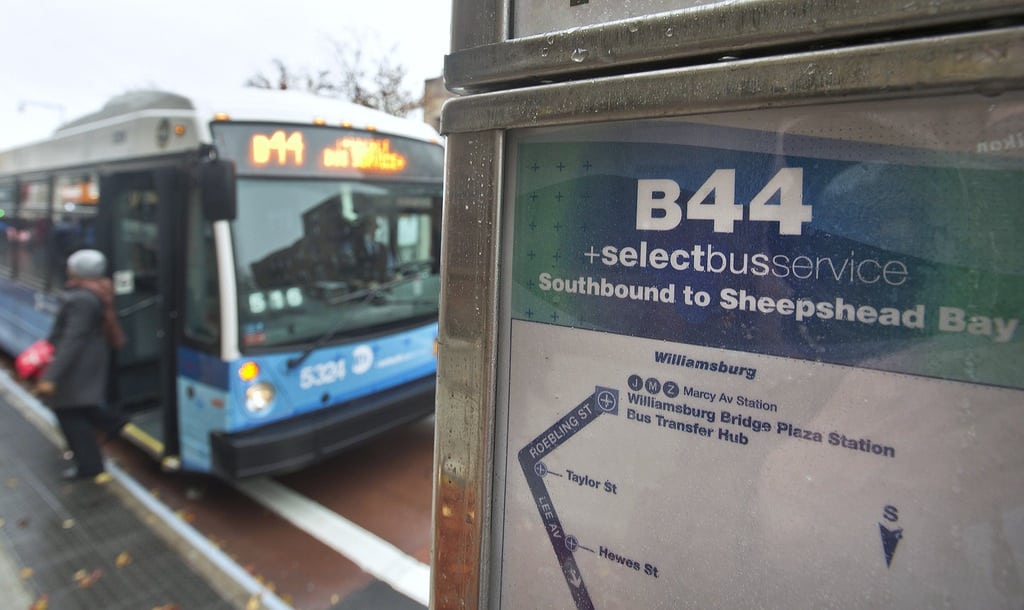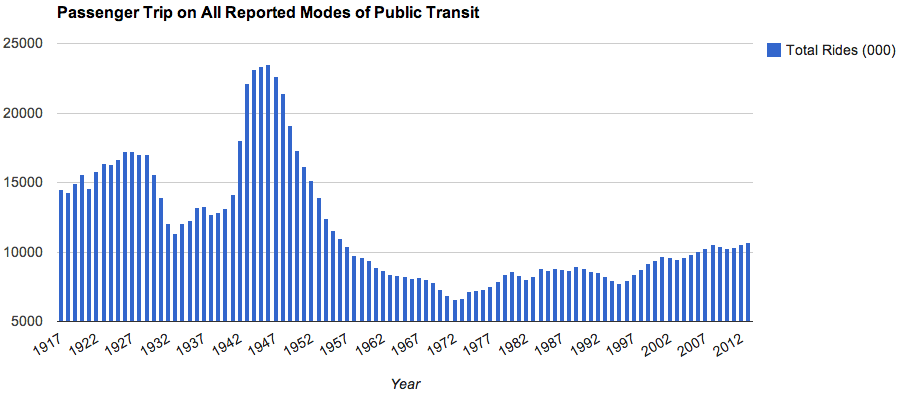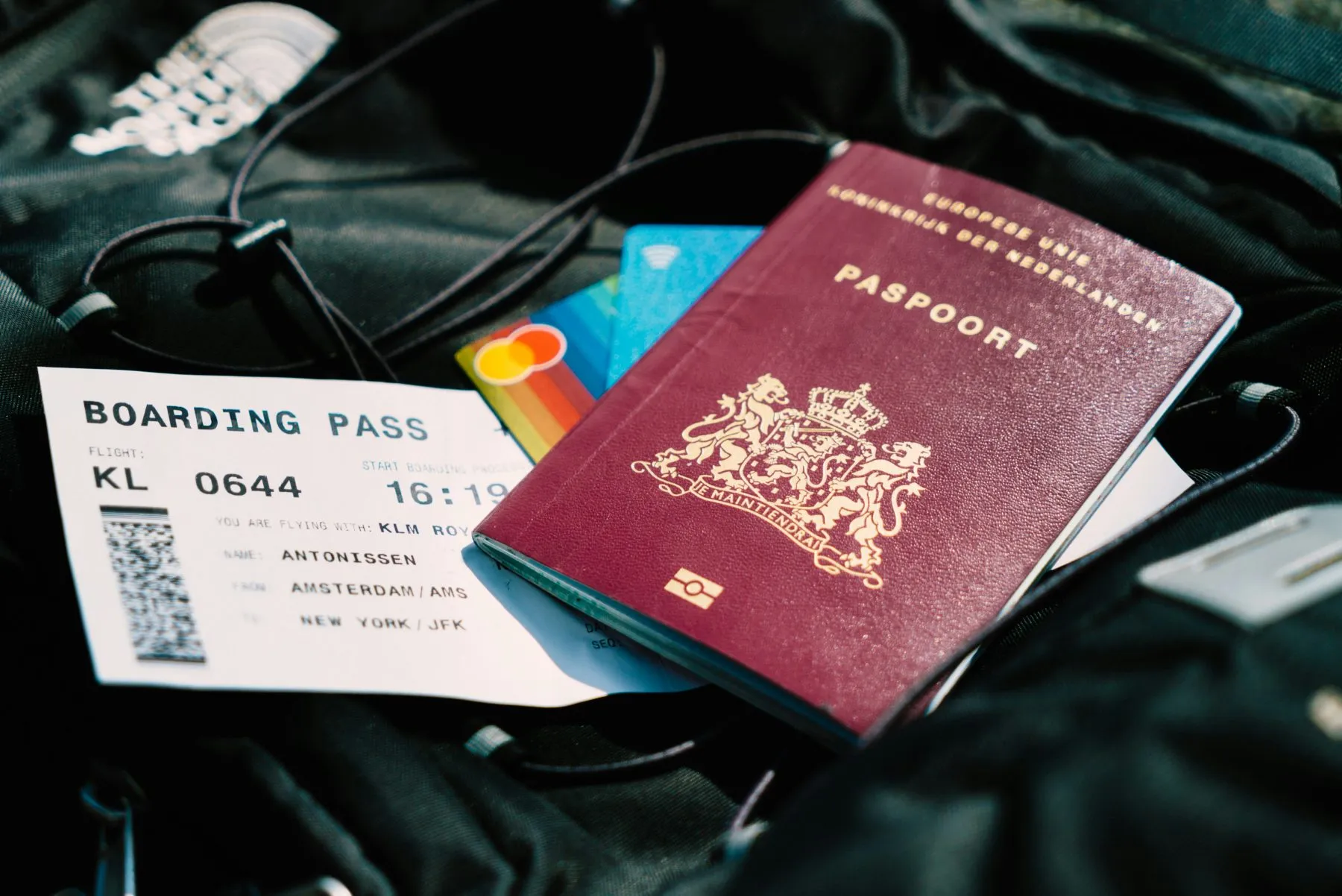Millennials Are Driving Public Transit's Return to Popularity

Skift Take
Public transit is the most popular it's been in more than 50 years, according to a new American Public Transportation Association report released yesterday.
There were 10.65 million passenger trips taken on public transit last year, the highest number of annual trips taken since 1956 when ridership reached 10.98 million.
Public transit ridership, up 37.2 percent since 1995, has been growing at almost twice the pace of overall the population, up 20.3 percent, and vehicle miles traveled, up 22.7 percent, for the past 18 years.
“There is a fundamental shift going on in the way we move about our communities," APTA President and CEO Michael Melaniphy said in a statement.
Millennials are a lot more open to public transit and picking communities where public transit is available, an APTA official explains on background.
The share of Americans in their teens, 20s, and 30s with driver's licenses has dropped significantly in recent years. Some researchers say it's linked to the economy, while others point to long-term lifestyle and cultural changes.
On background, an APTA official says the organization expects public ridership to increase at even more rapid pace depending on whether there is money, in the form of federal funding, available to meet demand.
Buses were the most used type of public transit in 2013, accounting for more than 5.4 billion rides. The second most popular type was heavy rail, including subway, metro, and rapid transit services.
The full report from APTA, embedded below: [gview file="https://skift.com/wp-content/uploads/2014/03/2013-q4-ridership-APTA.pdf"]





